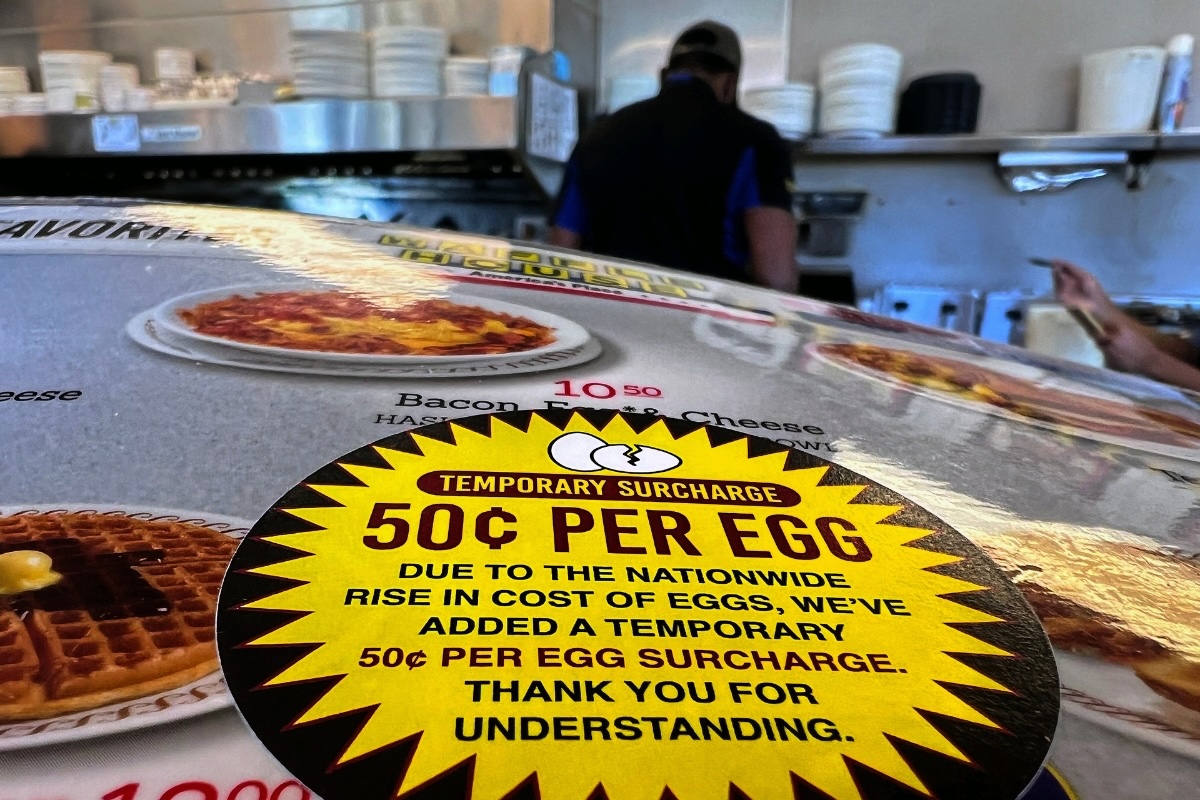
Stay Informed
Get the latest news, trends, and industry insights.
The price of eggs is still on the rise, causing southern-based greasy spoon Waffle House to be the first to raise prices on their meals, charging an extra .50¢ per egg at all their locations. Others may follow suit, but it begs the question: When was the last time you raised your rates to compete in your market? When costs go up, most brands raise prices. When they don’t, they not only erode margin but may inadvertently be making a brand positioning statement that your brand is now “low-cost.” Sometimes that makes sense—Old Navy, for example, has routinely kept prices low even amidst rising labor and material costs—but if your brand’s USPs don’t include price, then maybe it’s time to raise them.
Price Is a Brand Positioning Statement
Whether you realize it or not, your pricing strategy is telling a story about your brand. A premium price implies exclusivity, quality, and desirability. A low price suggests accessibility, affordability, and sometimes even a compromise in quality.
Take Patagonia. Their prices are higher than competitors, but it’s intentional. For one, they want you to stop buying their apparel if you don't need it, and even buy back old goods. Their commitment to sustainability, ethical sourcing, and lifetime guarantees gives customers a reason to justify the spend even if it's only once in a lifetime. That’s brand positioning done right. It’s not just about pricing—it’s about what the pricing says about the brand.
Inflation and the New Market Reality
If you haven’t raised your prices in the last two years, you might already be behind. Inflation has affected everything from raw materials to labor costs, and brands across industries are adjusting. The 2023 Consumer Price Index (CPI) report showed that the cost of goods increased by 3.2% year over year. Restaurants, retail brands, and service-based businesses have had to adapt or absorb losses. Some, like Chipotle, raised their prices multiple times in 2022 and 2023, citing higher labor costs and supply chain disruptions. Their customers—while not thrilled—kept coming back. Why? Because their perceived value outweighed the price increase.
Brands That Hesitate, Lose
Failing to adjust pricing in response to rising costs doesn’t just eat into margins—it can hurt your brand. If competitors raise prices while you don’t, your brand starts looking like the discount option. Unless that’s your strategy (like Walmart or Dollar Tree), you risk devaluing your position in the market.
A classic example? J.C. Penney’s failed pricing experiment. In 2012, they eliminated sales and went to an everyday low-price model. Consumers revolted. Sales plummeted by 25% in one year, proving that pricing isn’t just a number—it’s psychology, perception, and branding all rolled into one.
How to Raise Prices Without Losing Customers
The key to successfully raising prices is communicating the "Why." Customers don’t just buy products; they buy stories, experiences, and perceived value. Here’s how to do it the right way:
- Enhance Your Value Proposition – Don’t just raise prices—add value. Introduce new features, improved quality, or better service to justify the increase.
- Tell the Story – Transparency matters. Let customers know if rising costs are the reason, or highlight new benefits they’re getting.
- Reward Loyalty – Offer discounts or exclusive perks to your most loyal customers as a way to soften the change.
- Test First – A/B test pricing in select markets before rolling it out everywhere.
- Frame It as an Upgrade – Instead of "raising prices," position it as an investment in quality, sustainability, or innovation.
Your pricing is a strategic lever, not just a reaction to costs. Brands that fail to adapt will get left behind. If Waffle House can do it, so can you. The real question is: Will you lead, or will you let the market dictate your value for you?
Stay Informed




